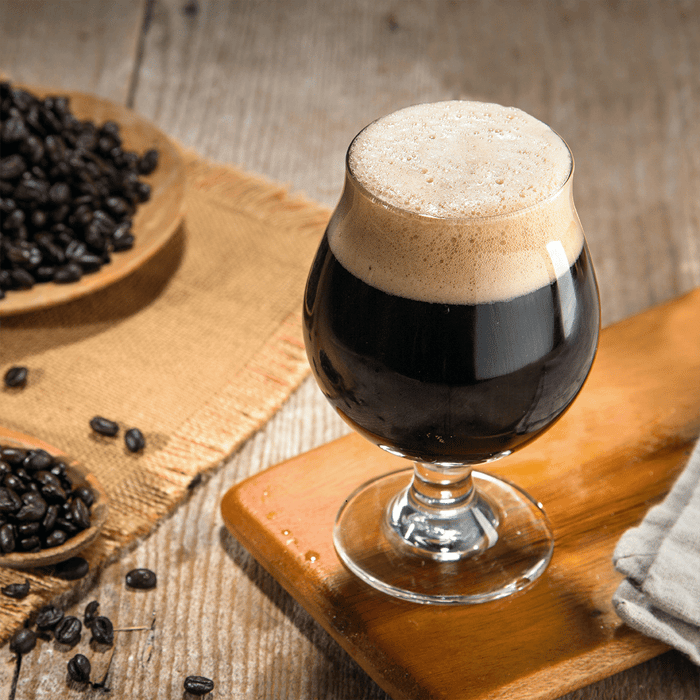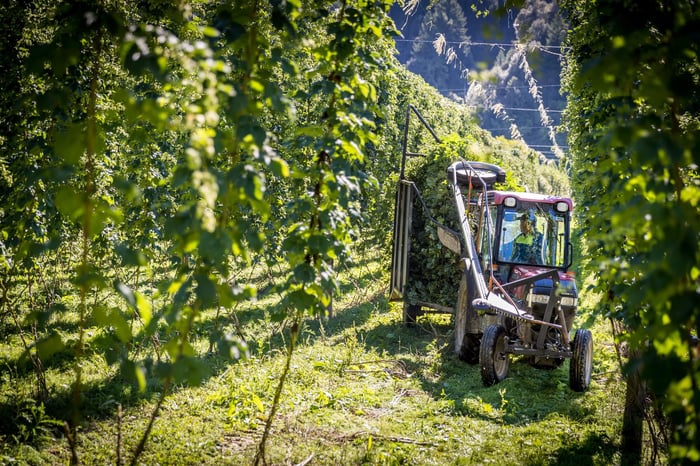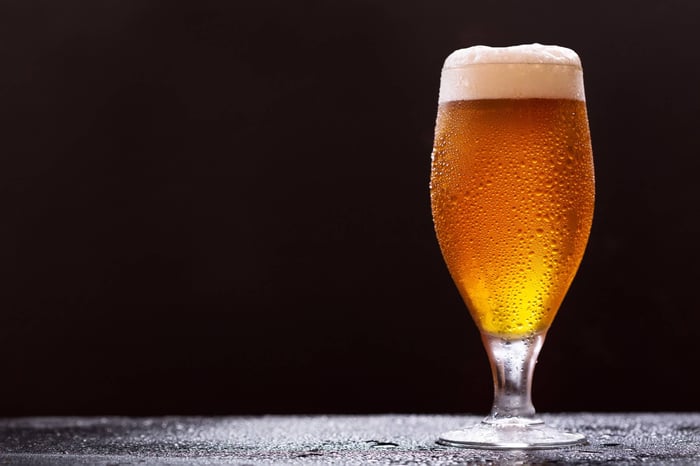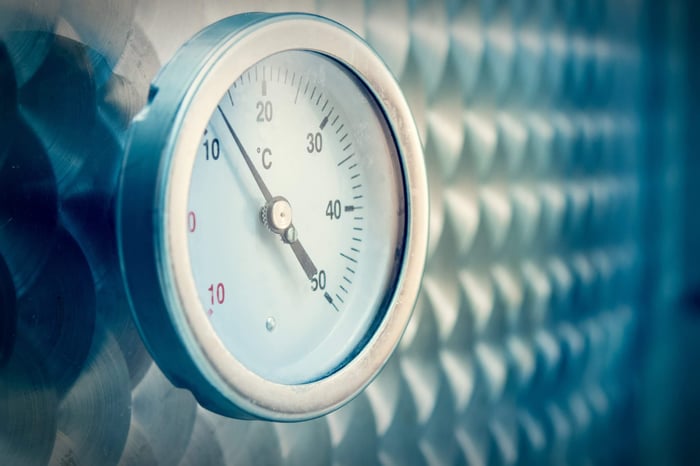Coffee culture is massive in New Zealand – from Wellington's legendary flat white scene to Auckland's specialty roasters. So it makes perfect sense that Kiwi brewers are creating some seriously impressive coffee beers. Our brewing experts have been experimenting with coffee integration for years, and these insights will help you create something truly special.
The Coffee Beer Journey: From Inspiration to Innovation
Our coffee brewing adventure kicked off with Founders Breakfast Stout, a beer that completely changed our perspective on what was possible in brewing. "The complexity was incredible," we explain. "Those Sumatra and Kona beans created this amazing coffee character that worked perfectly with the chocolate and roasted malt flavours. It was like discovering a whole new dimension of brewing."
While our early experiments focused on darker styles, a homebrewed coffee lager opened up entirely new possibilities. "Sometimes the best brewing discoveries come from the most unexpected places," we note. "That coffee lager shouldn't have worked as well as it did, but it created this beautiful surprise that made people stop and really think about what they were drinking."
Beer Style Considerations: Building Your Foundation
Traditional Territory: The Stout Advantage
Most brewers naturally gravitate towards stouts when thinking about coffee additions, and there's solid reasoning behind this choice. Stouts bring complementary flavours – dark chocolate character, roasted grain complexity, dark fruit notes, and nutty undertones that mesh beautifully with coffee. Many stouts already have coffee-like qualities from their malt profiles, giving you a head start on flavour integration.
Practical advantage: Stouts offer a forgiving environment for learning coffee integration techniques. The complex flavour profile provides plenty of space for experimentation without overwhelming the base beer.
Creative Challenges: Light Beer Experiments
Ready to push some boundaries? Coffee in pale beers can create absolutely stunning results when done thoughtfully. New Zealand's craft brewing scene has produced some brilliant examples – coffee-infused wheat beers, pale ales with subtle coffee notes, and even coffee session IPAs that work beautifully.
Technical considerations: Coffee beans contain oils that will modify your beer's mouthfeel and can impact head retention. Coffee also contributes bitterness that needs careful consideration in your recipe formulation. Planning a wheat beer? Those oils might affect your foam stability. Working on a pale ale? Make sure the coffee bitterness doesn't compete with your hop character.
Lagers present interesting opportunities but require precise execution – their clean flavour profiles leave nowhere to hide extraction mistakes.
Coffee Selection: Your Flavour Arsenal
New Zealand's coffee scene offers incredible variety, from local roasters to imported specialty beans. Each coffee brings unique characteristics – Ethiopian beans might offer bright fruit notes, while Brazilian varieties could provide chocolate undertones. Some coffees even have floral or spice characteristics that can add fascinating complexity to your beer.
Methodology: Before finalising your beer style, cup your chosen coffee properly. Understand its acidity, body, flavour notes, and aftertaste. This knowledge will guide both your beer selection and your extraction approach.
Local advantage: New Zealand roasters are often enthusiastic about collaborating with brewers. Consider reaching out to local coffee specialists – they can provide valuable insights into extraction techniques and might even have beans specifically suited to brewing applications.
Integration Methods: Getting Coffee Character Right
Bean Addition Technique
Similar to dry hopping, this involves adding whole coffee beans directly to your fermenter, ideally contained in sanitised hop bags for easy removal. While not the most efficient extraction method, it offers good control and straightforward implementation.
Monitoring approach: Take regular samples using sterile equipment to track flavour development. Remove beans or rack the beer once you achieve your target coffee character – typically somewhere between 2-5 days depending on bean quantity and desired intensity.
Cold Extraction Method
Cold steeping involves soaking coffee beans in room temperature water for 24-48 hours, then adding the resulting liquid to your fermenter. This approach extracts desirable coffee compounds while minimising harsh tannins and excessive bitterness.
Why it works: Cold extraction gives you precise control over coffee character without the risk of over-extraction that can occur with prolonged bean contact in the fermenter.
Hot Brewing Integration
Traditional coffee brewing methods can work well, particularly for additions before packaging. Hot water efficiently extracts coffee compounds but requires careful attention to prevent harsh, overpowering flavours.
Application timing: Best suited for final flavour adjustments before packaging, allowing precise control over coffee intensity.
Critical Mistakes to Avoid
We learned this lesson the hard way: "Adding instant coffee directly to the fermenter was a complete disaster. Apart from the filtration nightmare, the drinking experience was awful – nobody wants to be picking coffee granules out of their teeth. Some brewing mistakes teach you everything you need to know in one go."
Timing and Flavour Development
Successful coffee integration requires patience and systematic monitoring. Each coffee variety, extraction method, and beer style creates different parameters, so there's no universal approach.
Systematic monitoring: When adding beans to your fermenter, sample every 48 hours using sterile technique. Document flavour development to build knowledge for future batches.
For liquid coffee additions, conduct small-scale trials first. Take measured samples of your finished beer and add calculated amounts of coffee preparation to determine optimal ratios before scaling up to full batch size. [LINK: Coffee extraction calculator]
New Zealand Coffee Beer Innovation
The New Zealand craft brewing scene has embraced coffee integration with characteristic creativity and innovation. From coffee-infused porters using local roasted beans to pale ales with subtle coffee notes, Kiwi brewers are creating unique expressions that reflect our coffee culture.
Seasonal considerations: Think about New Zealand's drinking patterns and climate. Light coffee beers might work perfectly for summer festivals and outdoor events, while rich coffee stouts suit those cooler months when people want something warming and contemplative.
Collaboration opportunities: Many New Zealand coffee roasters are interested in working with brewers. These partnerships can lead to unique bean selections and extraction techniques that create truly distinctive beers.
Your Coffee Brewing Adventure
Coffee integration represents one of the most rewarding challenges in homebrewing. Whether you're creating a traditional coffee stout or experimenting with coffee-infused session ales, success comes from understanding your ingredients and being willing to experiment thoughtfully.
The key is respecting both the coffee and the beer, allowing each to contribute its best characteristics while creating something greater than the sum of its parts. Every successful coffee beer starts with curiosity and develops through careful observation and adjustment.
What's your next coffee experiment? Whether you're planning a coffee porter for winter or a coffee wheat beer for summer, remember that the best results come from combining quality ingredients with patient, systematic brewing.
Grainfather Team










